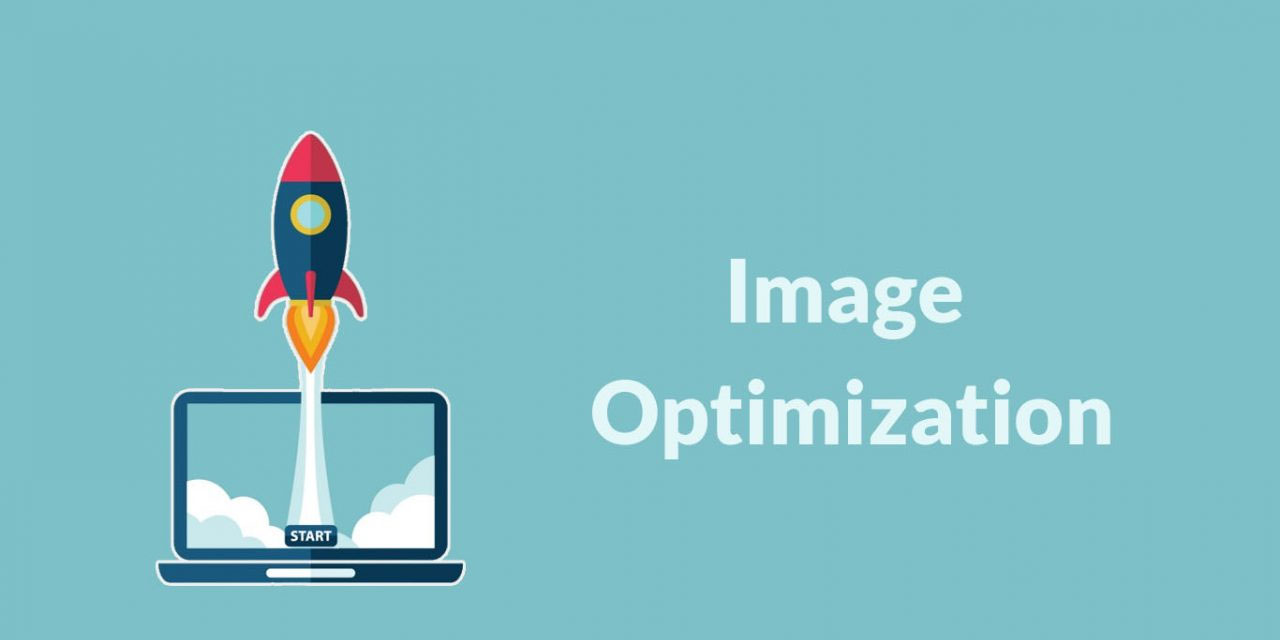Uploading images to a website is a simple process, but that simplicity lets us forget the importance of image optimization. Image optimization is not only about making the image more beautiful, but it also increases traffic to your website from search engines. This article offers five simple tips that can help you easily optimize your images.
- Choose the correct file type.
Each image file has an extension that represents the format of the image. The most commonly used file extensions are .png, .jpeg, and.gif. What you might not know is that each format differently defines how an image looks. Web designers decide on an image file type based on color, size, and information density. However, you only need a basic understanding of each file type to make your choice. Professional web design then optimizes the image.
- Determine the image quality.
Most image editors these days allow you to download images with multiple levels of quality. (You can also use a free online tool like Pixlr if you would like even more choice). While most people think simply posting the highest quality picture is the best idea, that is not always the case. In some situations, it is advisable to save images in medium quality to reduce the file size and speed up the page loading. For example, a high quality .jpeg file is 266kb, an average quality file is 78kb, and a low quality one is 53 kb. You and your web designer may determine that the best size for your organization is the medium or average size. This allows for a good, clear image that uploads with relative ease.
- Save the filename properly.
Scroll through the image folder on your computer. How many image files have nonsense names like “Untitled”, “Image1”, “1111”, or even “123456” . This is fine for storing them on your computer, but it is not good when posting them on the web. Image file names are used to categorize your images in search engine results. Because search engines use the name of image files for SEO purposes, you should make sure your image is named correctly. Try not to make the image name too long or use punctuation. For example, AdrianRocheVietnamComputer.jpg is too long. However, ARocheWebDesign.jpg is good. This will make it easier to manage photos on your computer, too.
- Use the title and description well.
When you post an image on your website, you should give it a clear title and add a few lines of specific description about that image. This piece of text is called meta information, and search engines will use it to identify your images. The most effective description is one that balances both the website’s keywords and the content that truly describes the image. More than that, this information helps search engines better understand your page, which directly impacts your website’s SEO ranking.
- Think about size again.
Considering the size of the images that will occupy the web is just as important as the quality of the image. Image height and width largely depend on the page layout you choose and the mobile look and feel. Choosing the right size for images not only makes the interface professional and cohesive but also makes the website work more effectively.
Comments are closed.













